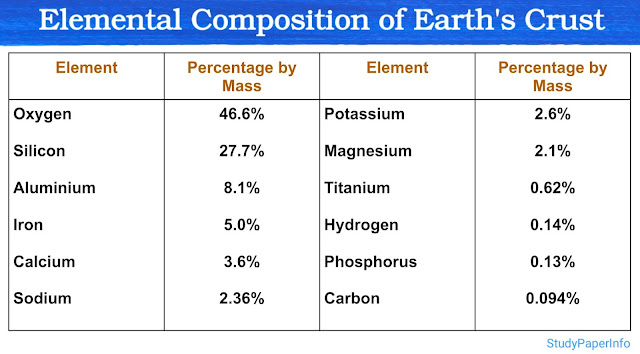Discuss how the sodium-potassium pump helps in the transport of ions in animal cells

The sodium-potassium pump (Na+/K+ ATPase) is an essential membrane-bound protein found in the plasma membrane of animal cells. This pump helps maintain the proper concentration of sodium (Na⁺) and potassium (K⁺) ions across the cell membrane, which is vital for many cellular processes. It is an example of an active transport mechanism because it requires energy in the form of ATP to move ions against their concentration gradients. This process is critical for maintaining cellular homeostasis, resting membrane potential, and ensuring proper nerve and muscle cell function. The sodium-potassium pump actively pumps three sodium ions out of the cell and two potassium ions in, using energy derived from ATP hydrolysis. This transport system not only plays a crucial role in ion balance but also influences other cellular activities by maintaining ionic gradients across the cell membrane. How the Sodium-Potassium Pump Helps in the Transport of Ions in Animal Cells The proc...

















